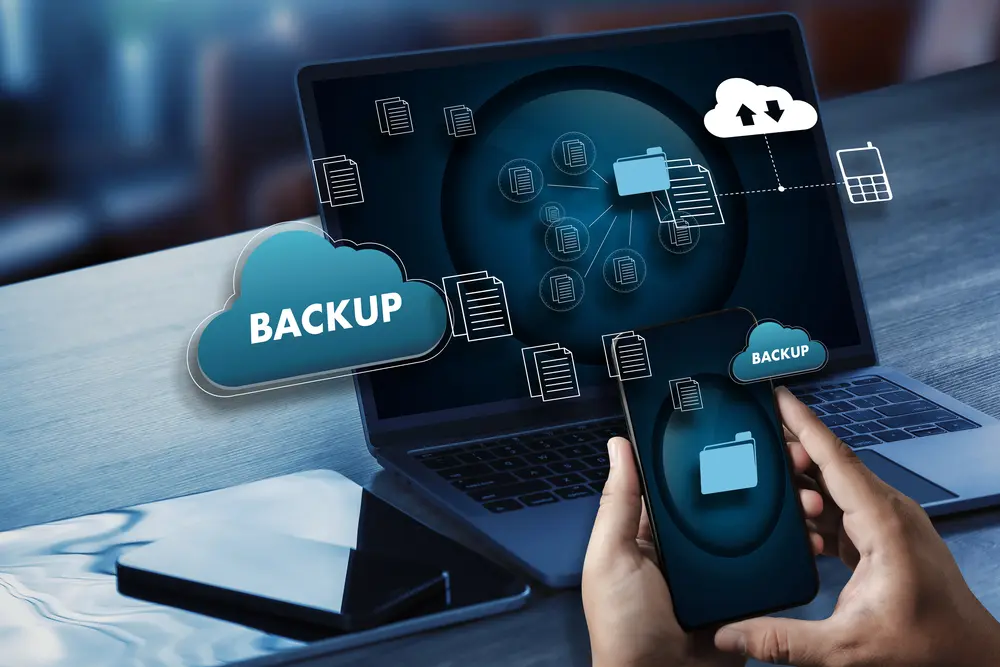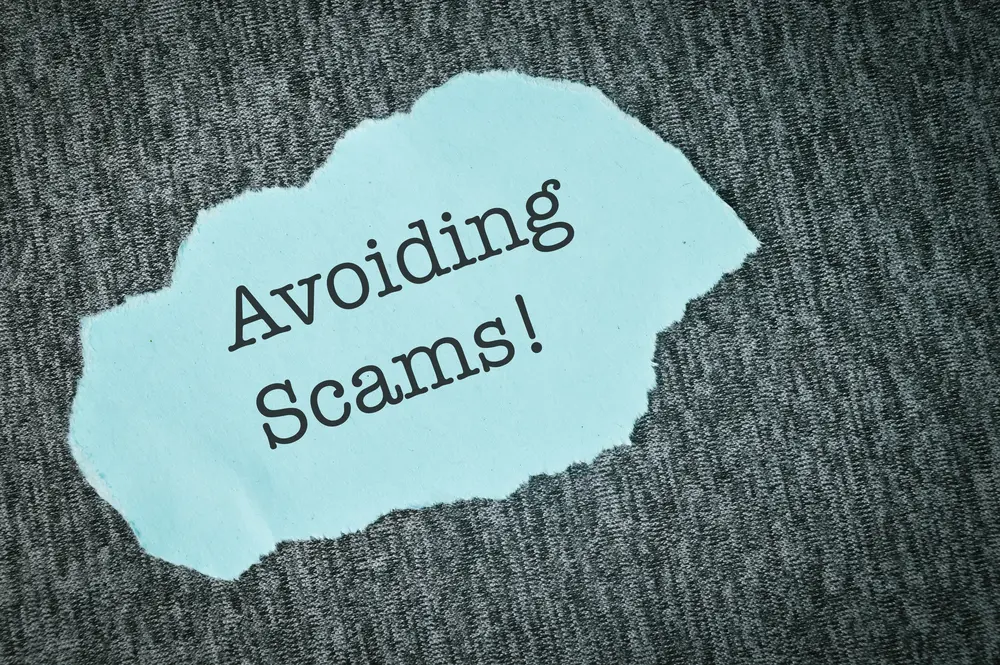Success as an influencer or content creator has a flip side: it makes you a target. Scammers and hackers are increasingly zeroing in on influencers, knowing that a compromised account or a convincing impersonation can yield big payoffs. From phishing emails offering bogus brand deals to attempts at SIM swapping your phone, the threats are real. In this section, we’ll explore how to counter influencer-targeted scams with proactive defenses. We’ll cover tips for securing your accounts (and recovering them if the worst happens), using PGP or other verification methods to prove identity, and running phishing drills so you and your small team don’t fall for the latest tricks. The tone is conversational, but the advice is serious – these are the kinds of scams that even seasoned tech personalities have fallen for, so we all need to be vigilant.
Phishing Impersonation: The Fake Sponsor Trap
One of the most common ploys is the fake sponsorship offer. It usually goes like this: you receive an email that looks like it’s from a reputable company’s marketing department or a talent agency. They’re interested in a paid collaboration and have attached a PDF or document with more details. It’s flattering and exciting – who wouldn’t be intrigued by a high-paying sponsorship? Unfortunately, many creators have seen their channels hijacked because that attachment was malware.
Case in point: Earlier in 2023, tech YouTuber Linus Sebastian (of Linus Tech Tips) had multiple channels taken over by hackers. The breach happened after someone on his team opened what “appeared to be a sponsorship offer” PDF that contained malware, which immediately grabbed all browser data, including session tokens. Those session tokens (basically your login state) were used by attackers to bypass his passwords and 2FA, giving them full access to his YouTube accounts. If it can happen to Linus’s team, it can happen to anyone – the scammers did a very good job imitating a legitimate business proposal.
How to counter this:
- Zero-trust with attachments: Treat any unsolicited attachment or file like it’s radioactive. Even if it’s a PDF (yes, PDFs can carry exploits) or a Word doc. Instead of opening it on your main computer, verify the sender first. Did it come from an official company domain? (Even that can be spoofed or compromised, so not foolproof.) If you have a secondary device or a virtual machine, you might open it there first. Or reply asking for more info without opening the file.
- Use viewer apps or Google Drive: One trick – if someone sends a PDF, upload it to Google Drive and use the preview to view it rather than downloading and opening locally. This can sometimes neuter potential malware because you’re not running it on your system.
- Verify via another channel: If Coca-Cola’s agency really emailed you, you should be able to find a way to contact that agency or brand via their official site or LinkedIn to confirm. It’s not uncouth to say “Hey, just confirming that so-and-so is an actual representative before proceeding.” Real ones won’t mind; scammers will disappear.
- Have an isolated “offer” email environment: Consider using a separate device or account for handling business inquiries. That way, even if something slips through, it’s not on the same account or machine that holds the keys to your kingdom. For example, use a different browser (with no logged-in sessions to your important accounts) to read and respond to sponsor emails. That way a token-stealing malware can’t grab what isn’t there.
Harden Your Accounts: MFA, Backup Codes, and Hardware Keys
We all know by now to use Multi-Factor Authentication (MFA) on our accounts. But not all MFA is equal:
- App-based or Hardware MFA > SMS MFA: Many influencers have been SIM-swapped (where attackers trick or bribe the phone company to give them control of your phone number, then intercept SMS 2FA codes). If you’re high-profile, assume SMS is vulnerable. Use an authenticator app (Google Authenticator, Authy, etc.) or, even better, hardware security keys (like YubiKey) for accounts that support them. Platforms like Google, Facebook, Twitter, etc., support hardware keys as 2FA. They are extremely hard to phish since the key won’t work on a fake site.
- Use Different Emails for Different Accounts: Your YouTube, your domain registrar, your bank – ideally each has a unique login email/username that isn’t publicly known. This way if one email gets compromised, the others aren’t directly accessible.
- Set up recovery info and keep it safe: Ensure your accounts have up-to-date recovery emails/phone. And securely store backup codes provided by platforms during 2FA setup. These are gold if you get locked out. Keep them in a password manager secure note or even printed in a safe. They allow you back in if you lose your 2FA device.
- Enable additional alerts: Many services offer notifications for new logins or allow you to review active sessions. For example, Google will alert you if a new device logs in. Pay attention to those. Instagram has a setting to send you emails when account info is changed – keep those on. These alerts can give you early warning to act (change password, boot out intruders) if someone did get in.
Despite all this, as we saw with Linus’s case, hackers bypassed 2FA by using session cookies. This is why device hygiene (not letting malware in) is step one. But if it happens, how to recover?
Account Recovery: Have a Plan and Backup Channels
If an important account is hacked (say your YouTube or Instagram), speed is critical:
- Use the platform’s recovery process immediately. For Google/YouTube, go to the account recovery page and try to regain access. Often, you’ll need to answer old security questions or use backup codes. This is where your prep pays off.
- Contact the platform directly if possible: For YouTubers, if you’re part of the Partner program, there’s Creator Support chat/email. Use it. For others like Instagram or Twitter, it can be harder, but persist with official support channels. Provide proof of identity and ownership (previous content, etc.).
- Freeze connected accounts: If your YouTube was hacked, assume your Google account and perhaps Gmail are compromised – secure those first. If your Twitter was hacked, and it’s linked to other apps, revoke those links. Basically, cut off avenues the attacker might use to pivot.
- Let your followers know (through alternate account or platform): If you have a secondary channel or a Twitter, announce that your main account is compromised. This warns people not to trust any weird posts (scammers often run crypto scams from hijacked accounts). It also serves as evidence when you talk to support (public knowledge that it was hacked).
- Peer support: If you know other creators or have contacts (like an account manager at YouTube, etc.), reach out. Sometimes a network or partnership can escalate your case. Many creators have banded together in communities; someone might have a direct line to a support rep who can help.
Recovery can be stressful and slow. During that time, at least you should have access to your audience or clients elsewhere to keep them informed. It’s wise to diversify your presence (don’t rely on one platform entirely). That way if one goes down, you have others to fall back on for communication.
Phishing Drills and Education for Your Team
If you have even a small team (an editor, a manager, etc.), educate them about these scams. All it takes is one person clicking the wrong link. Share stories (like the Linus incident or others) so they realize it’s not just theoretical.
Some red flags to always watch:
- Urgency and Secrecy: “This offer is urgent, sign the attached NDA and respond in 2 hours or it’s gone!” Scammers love to rush you. Real brands might have timelines, but they won’t usually pressure you absurdly or forbid you from verifying them.
- Sender address weirdness: Check the email domain carefully. @google.com vs @goog1e.com (with a one instead of L) – easy to miss.
- Attachments or links that don’t match: Hover on links (on a computer) to see where they actually go. If the email says YouTube but the link goes to some random URL, nope.
- Too good to be true: A $10k sponsor offer from a company that normally wouldn’t or a sudden “You won an award, click here”. Always assume it might be a scam until proven legit.
Run through scenarios: “If I get an email from a known contact but it seems a bit off, what do I do?” Maybe you’ll decide you always double-check via a quick text or separate email to their known address. Normalize that behavior.
Building a Human Firewall
In the end, the best defense is a cautious and informed mindset. This doesn’t mean being paranoid, but developing a habit of verifying unusual requests. Tech can help (spam filters, malware scanners) but as the saying goes, humans are the weakest link. By training yourself and your team, you turn that weakness into a strength.
Encourage a culture where it’s okay to question things. If you have interns or assistants, let them know you’ll never be mad at them for slowing down to verify something’s legit – that’s what you want them to do.
Also, consider posting a note on your social profiles about how you do business. For example, “Note: I only respond to business inquiries from my official email listed here, and I will never ask partners to download unexpected files without prior discussion.” This not only warns potential scammers that you’re cautious, but also informs genuine folks of the proper process to reach you, making any deviation stand out.
Further Learning: Follow cybersecurity folks on Twitter or YouTube – many, like those at security conferences, share latest phishing tricks targeting creators. The more stories you read, the better you’ll get at sniffing out suspicious stuff. Google’s account security blog, Facebook’s security tips for Page admins, etc., often have up-to-date advice. If you want a deeper dive, look into “business email compromise” cases; though usually about companies, the tactics overlap with what targets influencers.
Tags: Phishing awareness
Category: Security Guides



